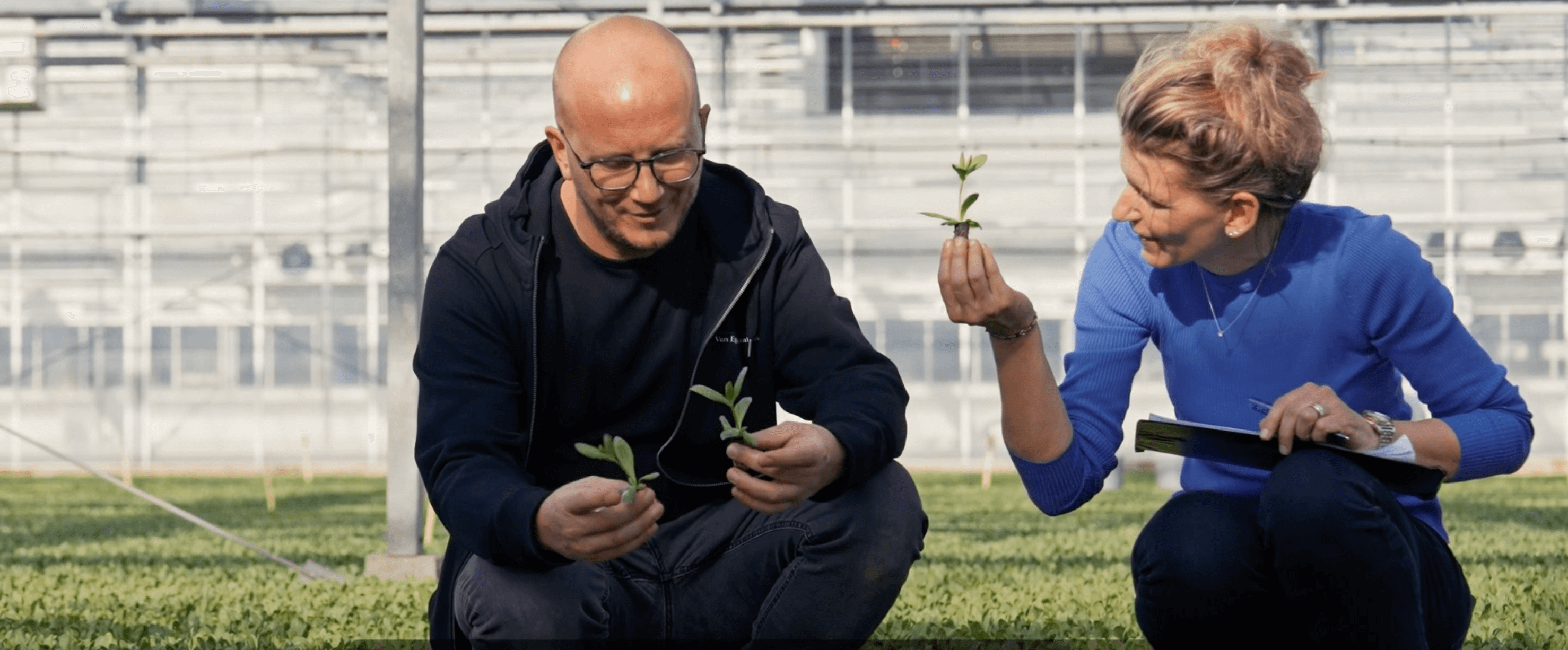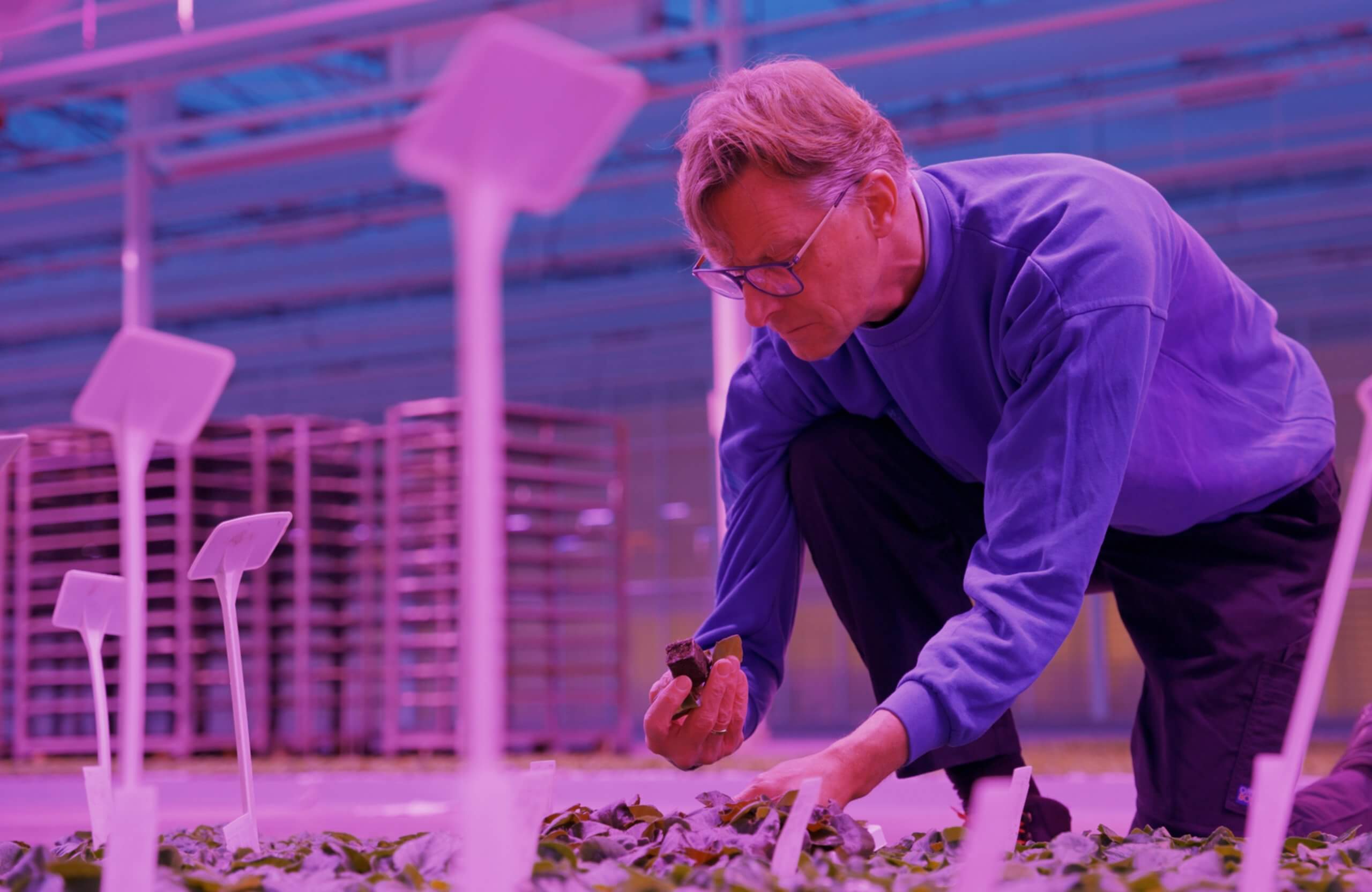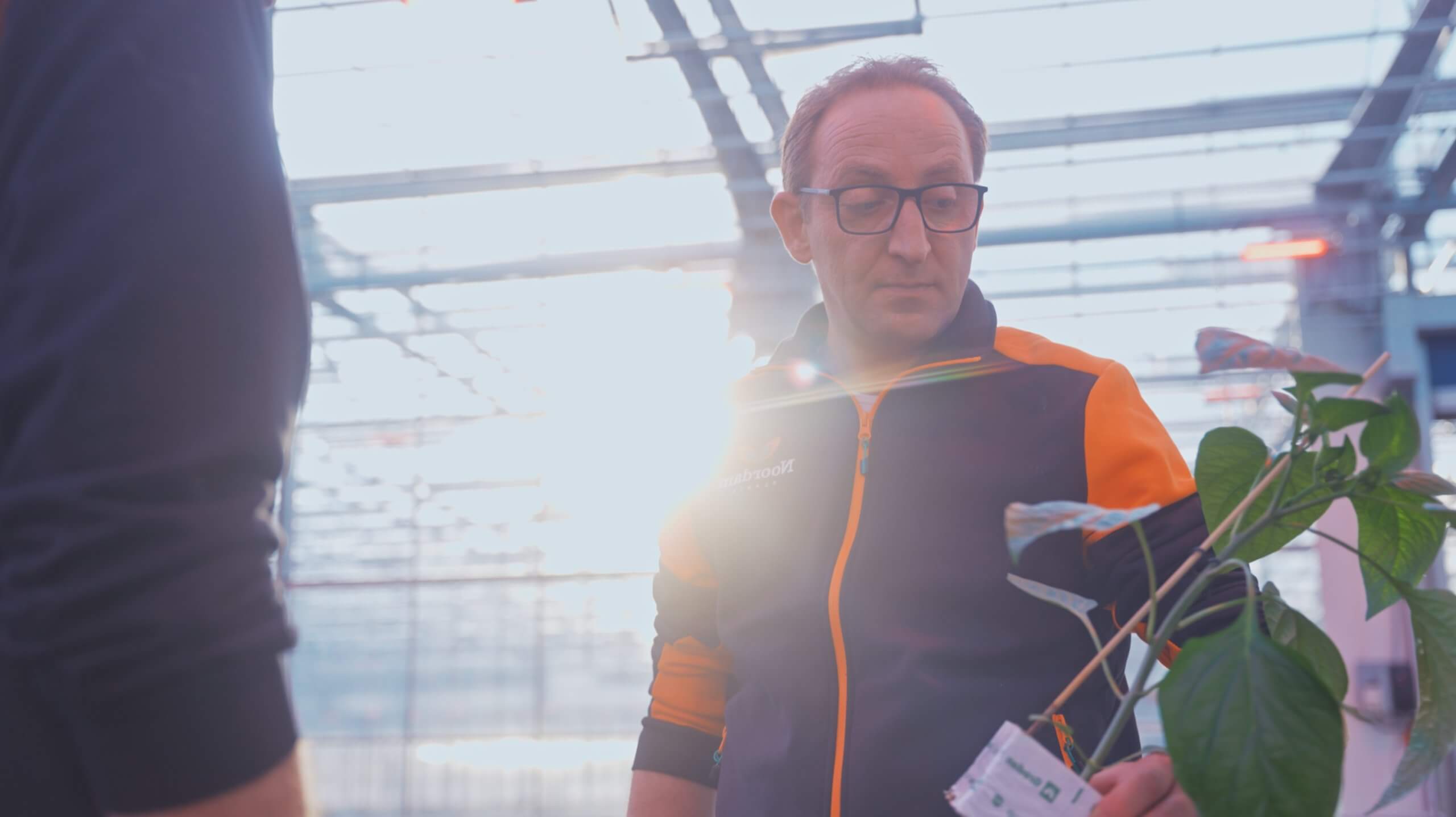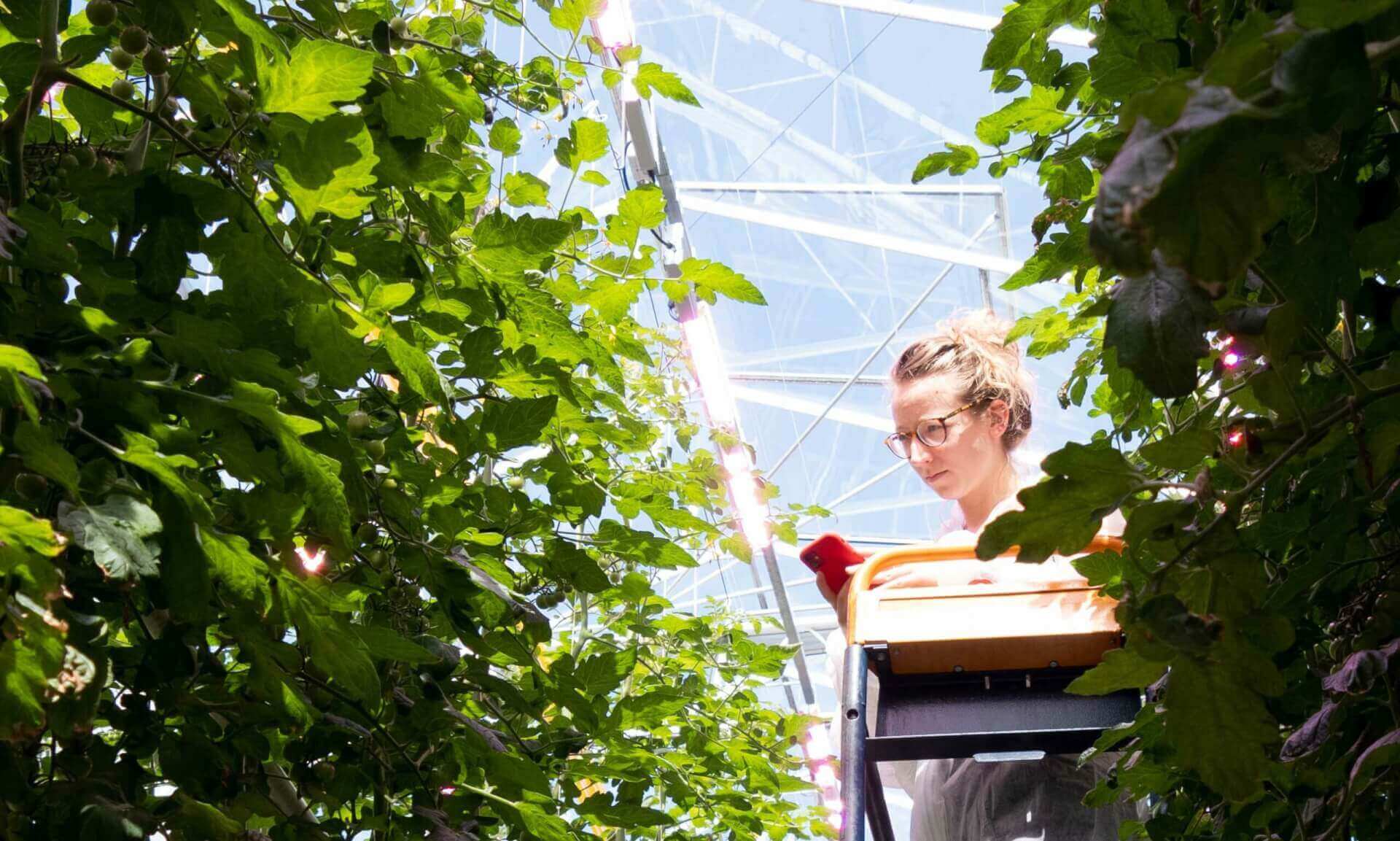
RED x Delphy Improvement Centre
RED Horticulture and Delphy improve tomato yields and quality thanks to a more efficient light spectrum.
14 November 2023

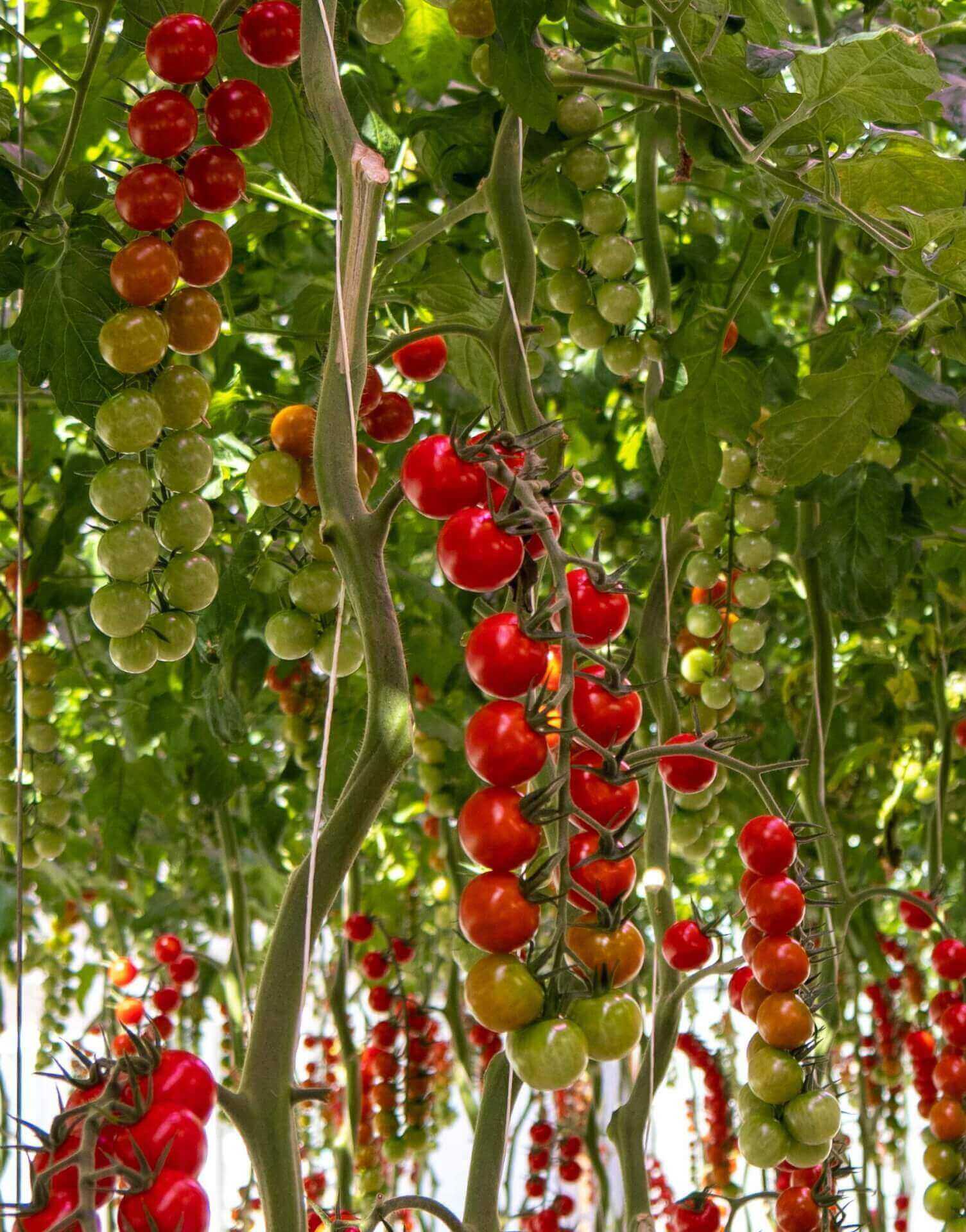
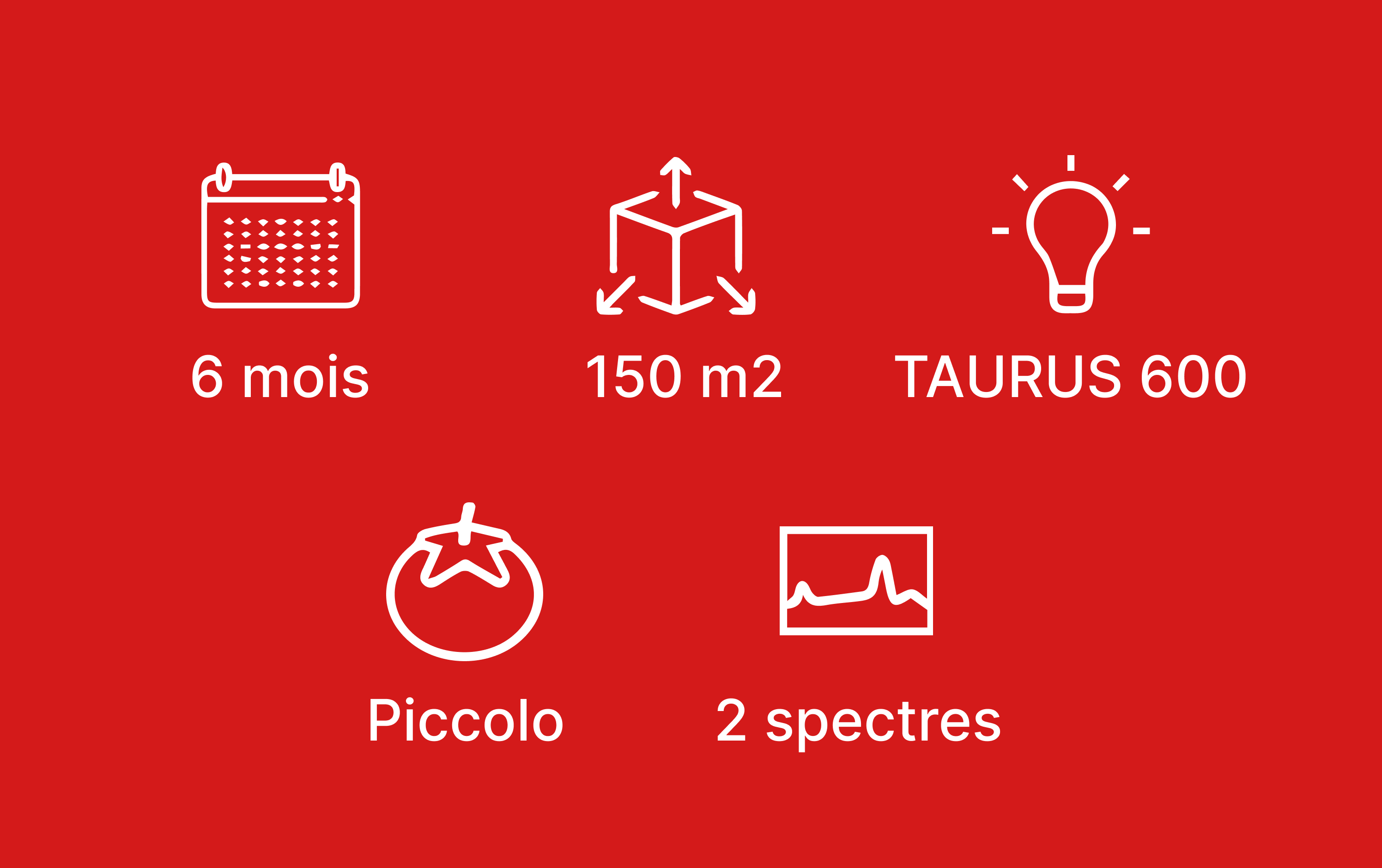
10 years of LED testing
For the past fifteen years, Delphy Improvement Centre has been working to improve production techniques and is now one of the world’s leading experts in fruit, vegetables and flowers. In charge of greenhouse research, Lisanne Helmus focuses on field trials, which are the last step before a grower decides to invest or modify his production system. Lisanne Helmus has made great strides in the use of LED technology since Delphy’s first greenhouse trials in 2010.
Delphy has carried out trials under LED light on all vegetable crops, including tomatoes, strawberries, cucumbers, peppers and eggplants. The main focus of the research center is to gain a better understanding of the interaction between light and crop development, which also means studying this relationship in relation to climatic conditions and irrigation strategy, in order to define cultivation itineraries for the future.
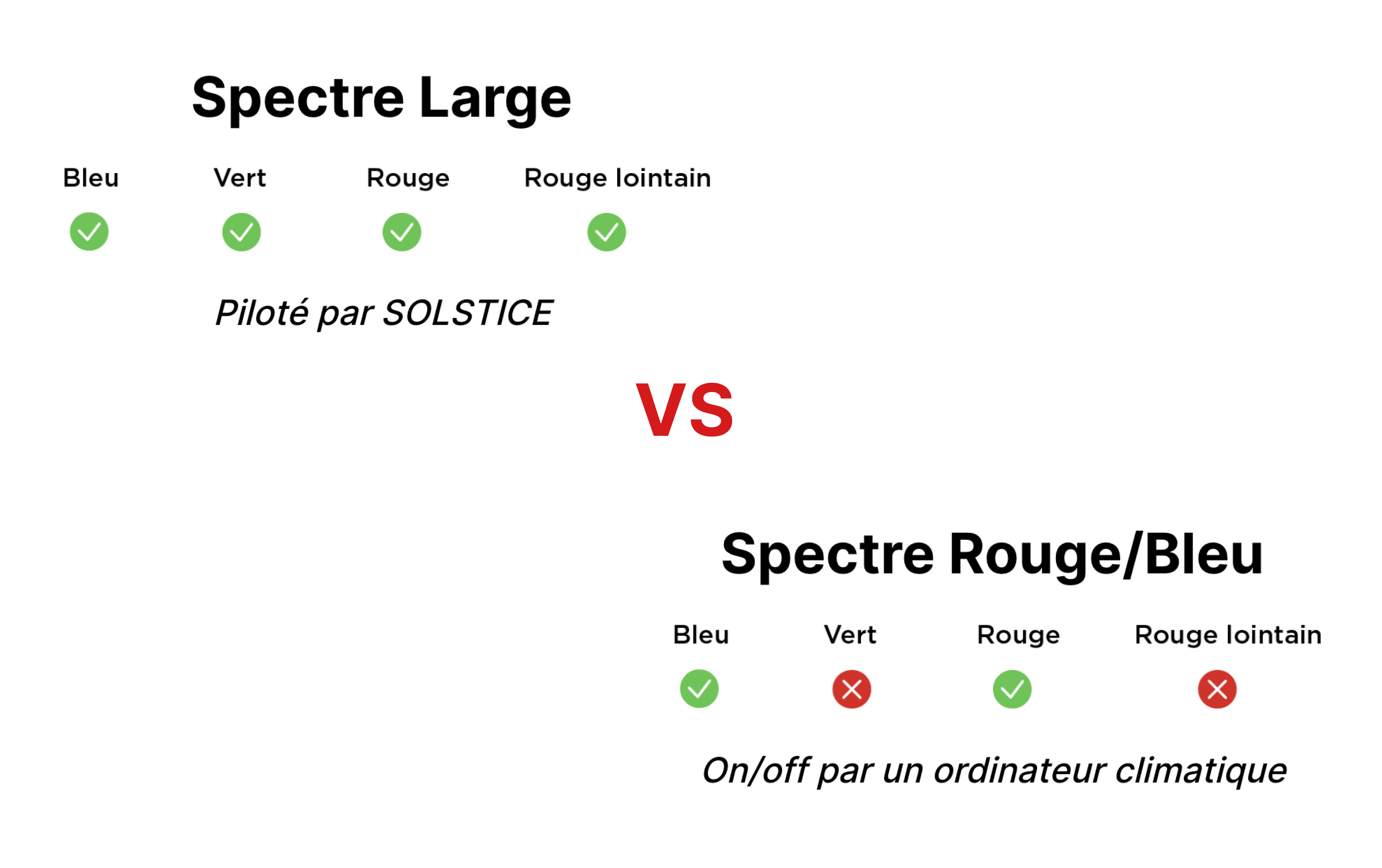
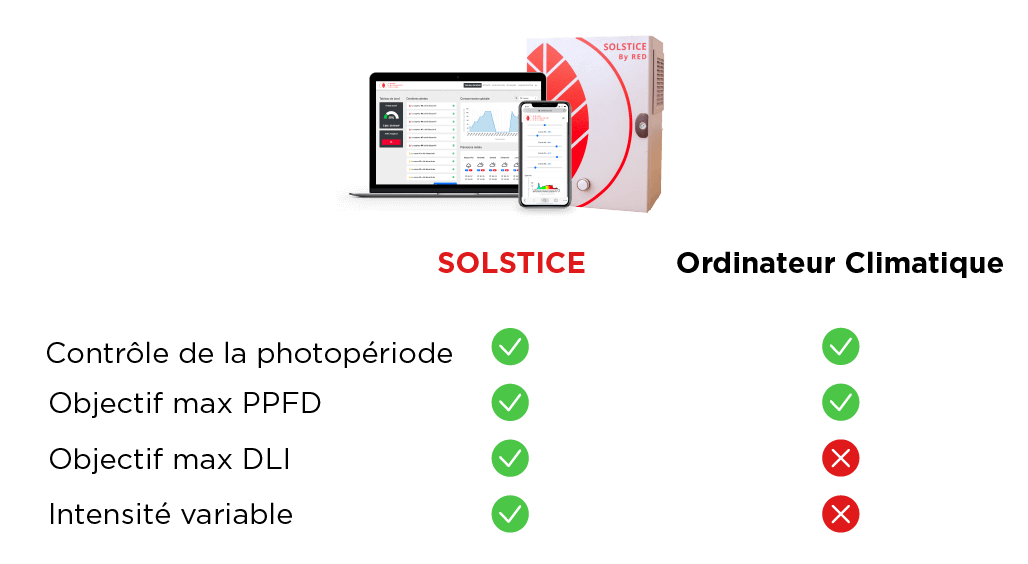
Two strategies
The environmental guidelines were defined by Delphy according to the needs of the red and bleu light spectrum. During the trial, Delphy controled the growing conditions to ensure quality production. They carried out the necessary measurements to observe the differences between the two modalities with brix, yield and crop development as the important indicators.
PPFD: Amount of PAR reaching the plant.
DLI: Daily light quantity.
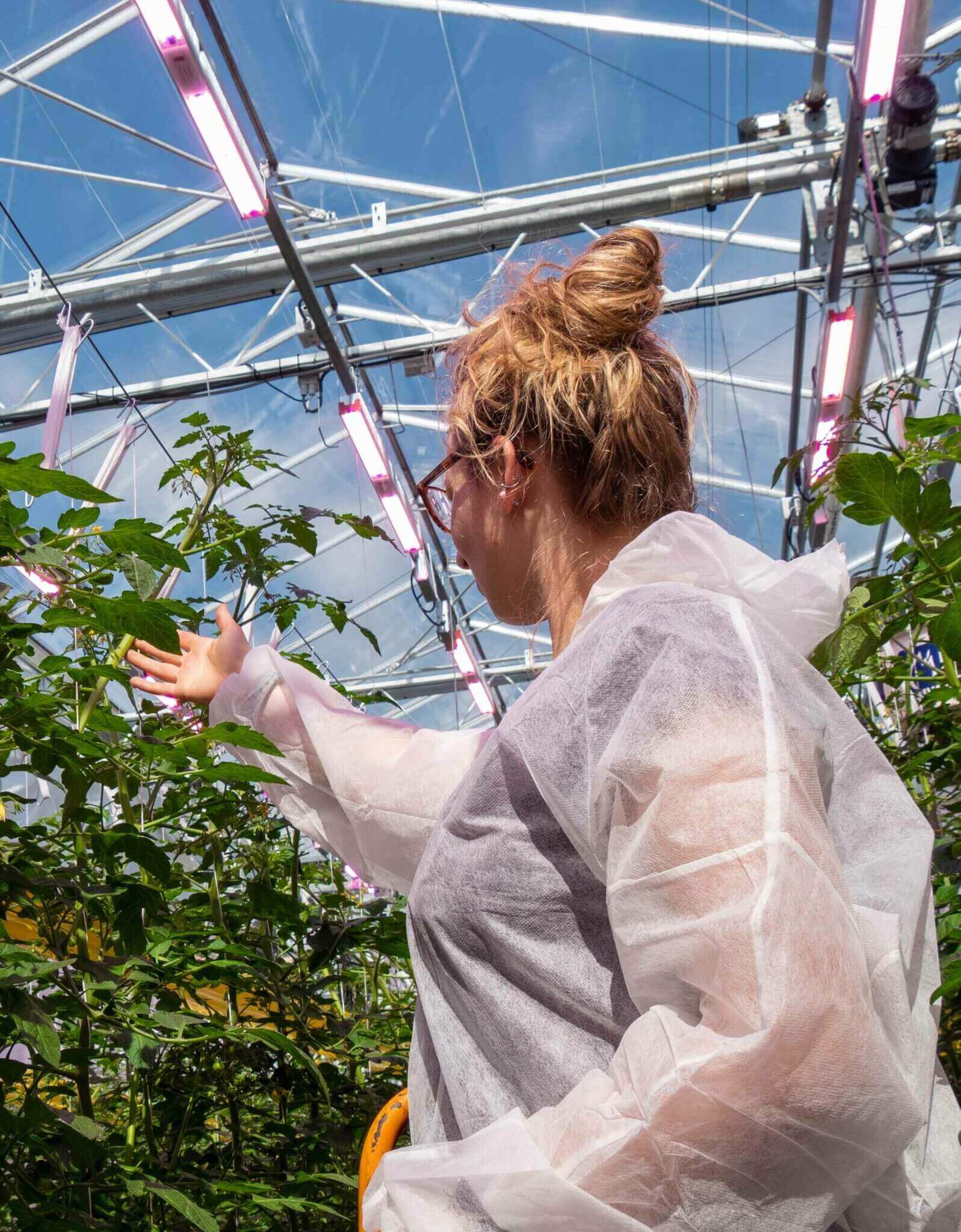
The influence of the spectrum proven.
The trial was conclusive on both sides. Lisanne was surprised by the difference between the data obtained for each modality during the winter period.
In fact, during the winter time the RED lighting solution produced higher yields and, above all, much higher quality. By February 8, yield under the broad spectrum was 13% higher and brix was 8% higher.
Being competitive during winter is essential, as sales prices are more advantageous for the grower. According to Lisanne, there has been a change in mentality in the Netherlands regarding greenhouse lighting. Before, growers thought that the solution to making lighting profitable was to light as much as possible. Today, the concern is when and how to use the light parameter.
+13%
Efficiency
+8%
Brix
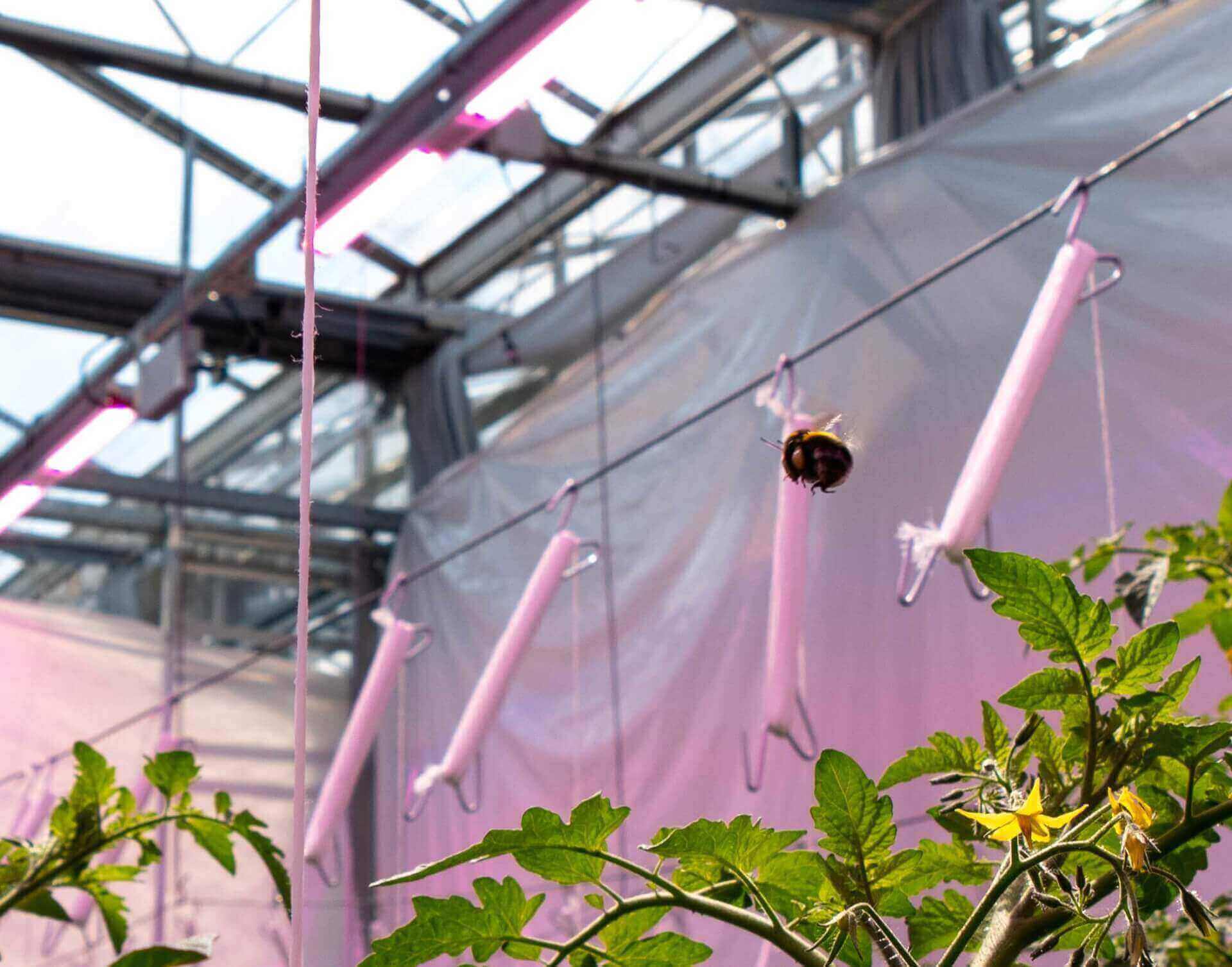
Future of photobiology
Lisanne believes that the future of LED cultivation is based on the search for the optimum, not the maximum. The general interest will increasingly focus on flavour and nutritional quality.
“To know how to implement photobiology in crop management is still a work in progress,” concludes Lisanne.


